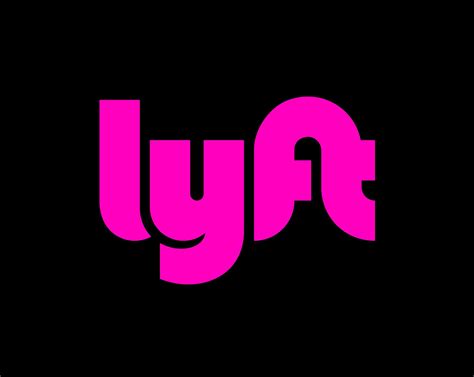
More and more white-collar professionals are starting “side hustles” and/or joining the gig economy piecing together contract work to fill their days. These gigs aren’t limited to driving Uber or Doordash either. Let’s look at the big picture when it comes to side gigs.
Overall, the gig economy continues to be a significant force in the global workforce, and 2024 is shaping up to be another year of substantial growth and evolution. This trend extends to white-collar professionals, who are increasingly embracing the flexibility, autonomy and extra cash 
Here are some key stats to consider:




But what about white-collar professionals?
The rise of online freelancer platforms like Upwork (18 million freelancers, 8,000 skills, serves over 30% of Fortune 100 firms) and Fiverr (over 3 million jobs in 100 categories), showcase a growing demand for freelance white-collar services like marketing, writing, IT, and accounting.
According to a study by Grandview Research, the global freelance platform market size is projected to expand at a rate similar to other gigs – CAGR of 16.6% during 2024-2029 further solidifying this trend.
What does this mean for the future? The gig economy presents both opportunities and challenges, especially for white-collar professionals entering this space for the first time. It’s crucial to find ways to address potential concerns about housing costs, inflation, benefits, job security, and worker protections while fostering a healthy and thriving gig economy for everyone involved.
#gigeconomy #futureofwork #freelancing #cpacareers #careercoach
Ready to discuss the recruiting or job search process? Drop us a note!
"*" indicates required fields
